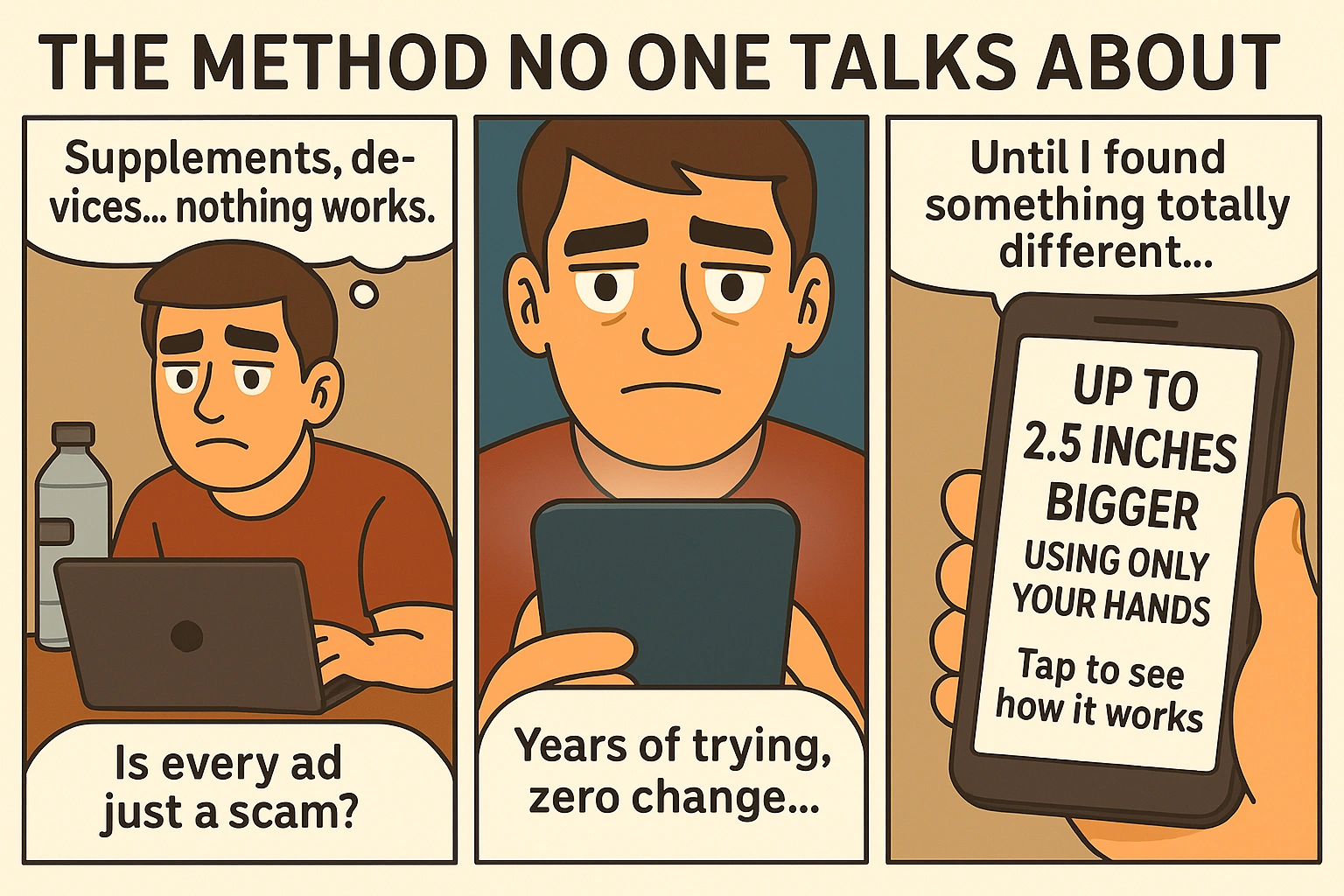Why You Should Test Your Libido at Home
Your libido isn’t just about sex—it’s a critical indicator of your overall health, testosterone levels, emotional well-being, and even cardiovascular function. Knowing how to test your libido at home can give you powerful insights without needing to book an awkward doctor visit. Whether you’re curious about performance, recovering from stress, or noticing changes, this guide gives you everything you need to assess your sex drive from the comfort of home.
The Morning Wood Test
This old-school test is still one of the most reliable natural indicators of sexual health. Every morning, check if you wake with a spontaneous erection. Healthy men usually experience three to five erections during sleep, triggered by REM cycles. Missing morning wood regularly could signal low testosterone or circulation issues.
How to Track It
Keep a notepad by your bed or use a tracking app. Record presence, duration, and strength on a scale from 1 to 10. Three or more strong erections per week is a positive sign. Less than two for multiple weeks? Time to investigate further.
Self-Stimulation Check-In
Observe your natural desire to masturbate across a week. If your libido is strong, arousal happens easily with light stimulation or even sexual thoughts. If you feel mentally or physically disconnected during solo time, it might reflect stress, depression, or hormonal imbalance.
Energy After Ejaculation
Another trick: gauge your energy post-ejaculation. Men with healthy libido feel satisfied and stable, while those with hormone issues may feel drained, moody, or foggy. These cues are important when testing libido without medical labs.
Fantasy Frequency Test
How often do you think about sex naturally? High libido usually involves spontaneous fantasies, curiosity, and attraction—even without stimulation. If your mind is completely devoid of sexual thought for several days or weeks, that’s a red flag for libido decline.
Journaling Tip
Write a quick log at night rating your sexual thoughts from 1–10. You’ll start to see patterns based on stress, diet, or sleep. For full libido tracking, combine this with our weekly sex enhancement routine.
Partner Response Test
If you have a partner, their reactions and your desire during intimate moments can reveal a lot. Are you enthusiastic or disinterested? Do you avoid touch or seek it out? Mutual connection is a major barometer for real libido—not just physical, but emotional and hormonal too.
Touch Response Scale
Use this method: Ask your partner to lightly touch your inner thigh, neck, or chest without aiming for arousal. Note if you feel excited, neutral, or irritated. This response helps identify whether your desire is present or suppressed.
Diet and Libido Relationship
Your food choices dramatically impact libido. Sugar crashes, alcohol, and ultra-processed foods suppress testosterone and blood flow. On the flip side, omega-3s, dark leafy greens, red meat, and berries support nitric oxide, hormone production, and energy. Start logging meals and comparing them to libido changes within 24–48 hours.
What to Eat for Better Test Results
Try libido-enhancing meals like salmon with spinach, or steak with garlic and asparagus. These meals naturally support the systems involved in sex drive. We cover more of these in our supplement strategy guide.
Libido and Sleep Test
Sleep directly affects libido. Low REM sleep = lower testosterone. Use a sleep tracker or journal your hours nightly. Poor sleep (under 6 hours) for 3–4 nights can drastically lower sex drive. Fixing your sleep routine often boosts libido within days.
The Ice Test for Sensitivity
This DIY sensitivity test involves placing an ice cube briefly on your inner thigh, then observing your body’s reaction. An active libido responds with muscle tension, arousal, or increased heart rate. No reaction might indicate numbness or hormonal suppression—common in high-stress men or overtrained athletes.
Tracking Over 7 Days
Use this simple 7-day log to monitor your progress:
- Day 1: Check morning wood
- Day 2: Rate fantasy frequency
- Day 3: Assess arousal during stimulation
- Day 4: Evaluate energy post-ejaculation
- Day 5: Do the touch response test
- Day 6: Review diet and libido connection
- Day 7: Rate libido across the whole week
Final Word: Take Charge of Your Sexual Awareness
Learning how to test your libido at home empowers you to take control of your health. These natural assessments are safe, effective, and offer a surprisingly accurate picture of your sexual vitality. If your results indicate a decline, it might be time to upgrade your habits, nutrition, and support stack. For trusted solutions, explore supremepenis.com—where performance meets science.
Libido Killers to Avoid
To get accurate home test results, avoid common libido killers during your test week. These include binge drinking, smoking, high sugar intake, and excessive porn consumption. All of these can interfere with natural arousal patterns and skew your libido perception. Replace these with habits that restore balance—hydration, sunlight, movement, and good sleep.
Creating a Personal Libido Dashboard
After testing for 7–14 days, convert your notes into a personal “libido dashboard.” Use a spreadsheet or journal to rate your libido scores by category: morning wood, arousal ease, sexual thoughts, energy after sex, and sensitivity. Color-code trends. This approach makes invisible patterns visible and gives you a starting point for improvement.
Link It with Your Routine
Sync your dashboard with our weekly sex enhancement routine to fine-tune your plan over time. Most men report noticeable changes within 3–4 weeks when tracking and adjusting consistently.
How Stress Hides Your Libido
Men under chronic stress often believe they’ve “lost” their sex drive. But in reality, it’s suppressed—not gone. Cortisol, the stress hormone, inhibits testosterone and dopamine. At-home testing during high-stress weeks may yield false negatives. That’s why pairing tests with stress management techniques like breathwork or walks is essential.
What If Your Libido Is Low?
Low libido isn’t a failure—it’s a feedback signal. Common causes include nutrient deficiencies, low testosterone, relationship stress, medication side effects, sleep deprivation, and anxiety. Instead of panicking, use your test results to build a recovery plan. Track progress weekly and adjust.
Case Example: Mark, 34
Mark used a 14-day at-home libido test. He logged low scores on morning wood, arousal, and energy. His journal also showed poor sleep and excess caffeine. After 3 weeks of strategic changes—better food, less screen time, resistance training—his libido ratings nearly doubled. No medication needed.









